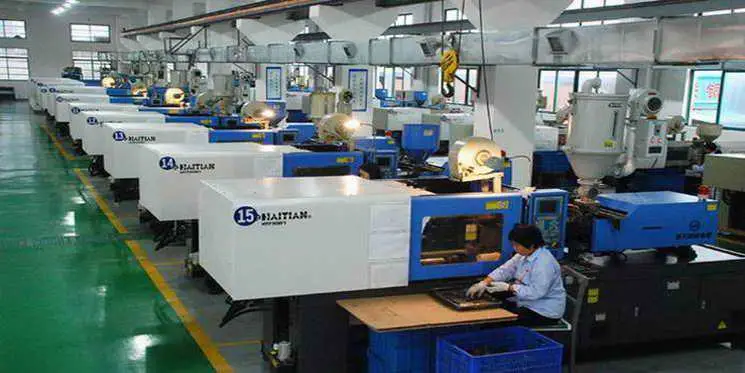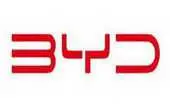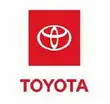What is a colorant, and what types are there?
A colorant is a substance that can change the inherent color of plastic. Color is the visual reflection of light perceived by humans, and different objects have different colors. When white light (sunlight) shines on an object, it absorbs or reflects certain wavelengths of light. Because different objects absorb and reflect light differently, they exhibit various colors. Using colorants to change the color of an object essentially alters the object's inherent light absorption and reflection characteristics.
(1) Functions of colorants
Enhancing product appearance: Most resins are milky white or transparent, and products made from them tend to have monotone colors. Adding colorants makes the products vibrant and attractive, thereby increasing their commercial value.
Facilitating differentiation: Many products, such as electric wires, require different colored plastic insulation for ease of installation and wiring. This helps distinguish different functions clearly.
Suitable colorants can improve product weather resistance, mechanical properties, lubricity, optical properties, and electrical performance. Therefore, colorants have a broad range of applications.
(2) Classification of colorants
Inorganic colorants: These colorants have good heat resistance, light resistance, and solvent resistance, and are inexpensive. They are the most commonly used colorants but tend to have poor transparency and brightness, producing dull colors. Common inorganic colorants include: titanium dioxide, zinc oxide, lithopone as white colorants; cadmium red, iron oxide red as red colorants; and cadmium yellow in five different shades.
Organic colorants: These colorants have bright colors, strong tinting strength, and excellent heat resistance, light resistance, and weather resistance. Common organic colorants include: diphenylamine yellow G, permanent yellow HR as yellow colorants; permanent orange G, reduced scarlet orange GR as orange colorants; lithol rubine BK as red colorant; plastic violet RL, quinacridone violet as violet colorants; phthalocyanine green as green colorant; and phthalocyanine blue as blue colorant.
Fluorescent brighteners: Also called whitening or brightening agents, they eliminate the slight yellow tint in plastics and make colors appear vivid and bright.
Pearlescent agents: Also known as pearl essence, when evenly distributed in plastic, they strongly reflect light at certain angles, producing a pearly iridescent shine. Currently, pearlescent agents are mainly of two types: natural pearlescent agents made from fish scales (e.g., hairtail fish) and synthetic pearlescent agents, which are often lead compounds such as lead carbonate, lead arsenate, and lead phosphate. Another type is pearlescent pigment made from titanium dioxide-coated mica flakes, which provide good coloring power and impart a beautiful pearly effect to plastics.
(3) Application of colorants
To achieve good coloring in products, it is important to understand the properties of colorants, resin characteristics, molding methods and process conditions, and the product’s usage environment. When formulating, the fewer types of colorants used, the better. Using multiple colorants complicates the coloring process and can lead to color compensation, resulting in dull color. It is advisable to use similar colorants in matching to prevent color changes caused by uneven fading during molding and use. The accuracy of product color is usually compared against a standard color chart. Automatic coloring using computers yields excellent results.






